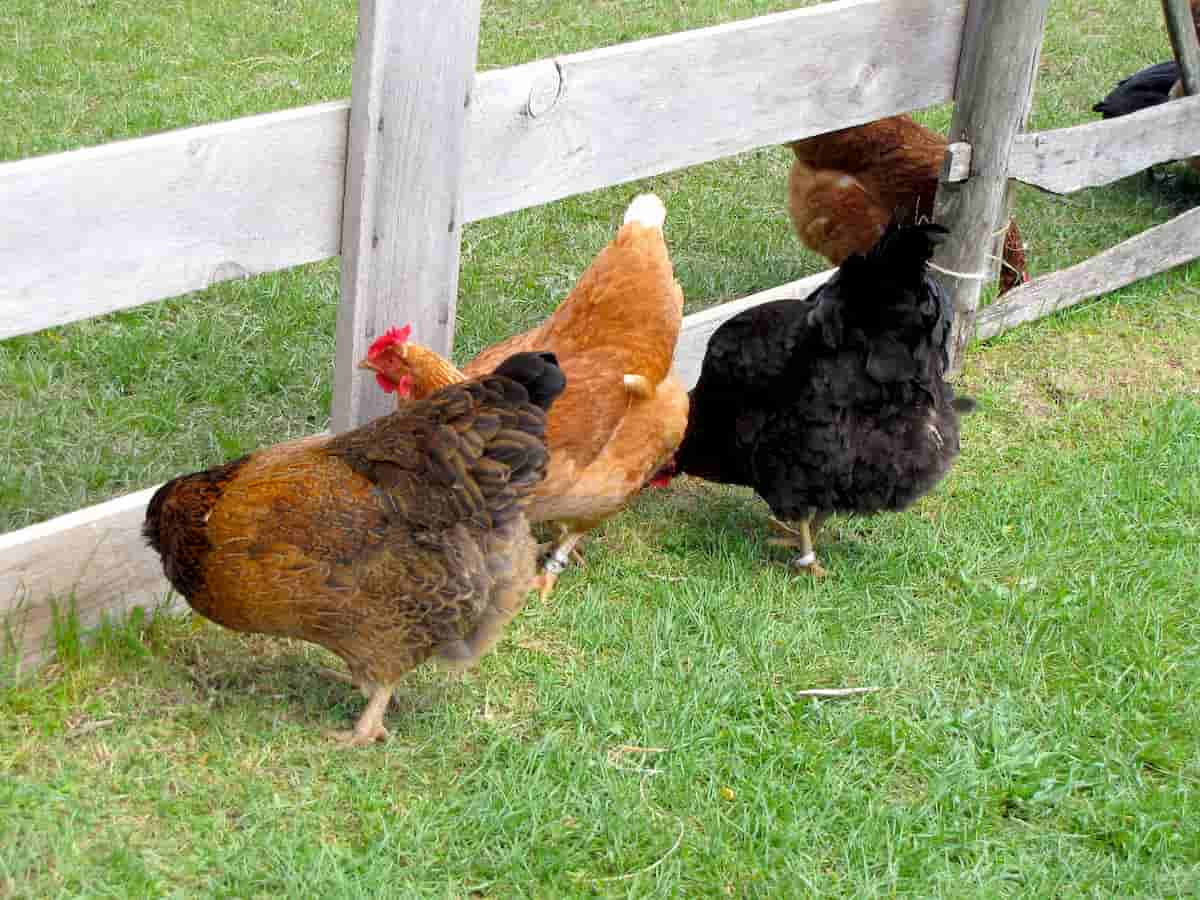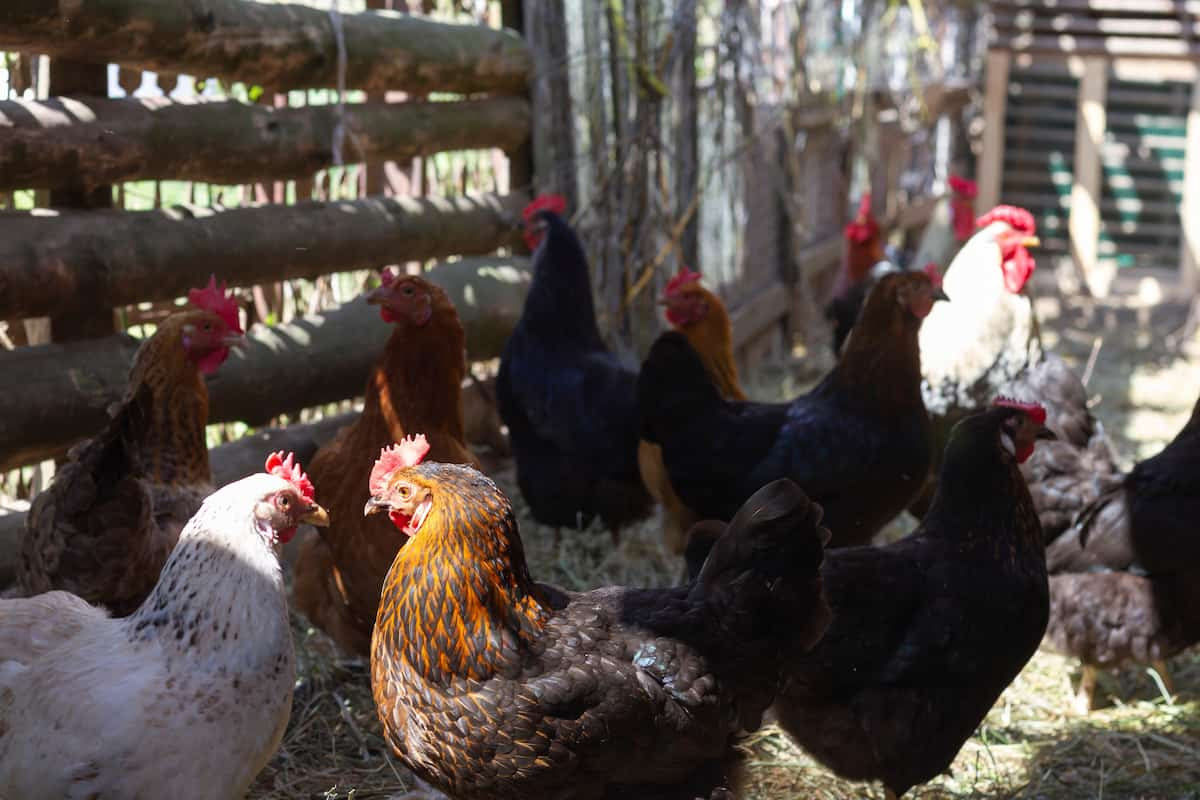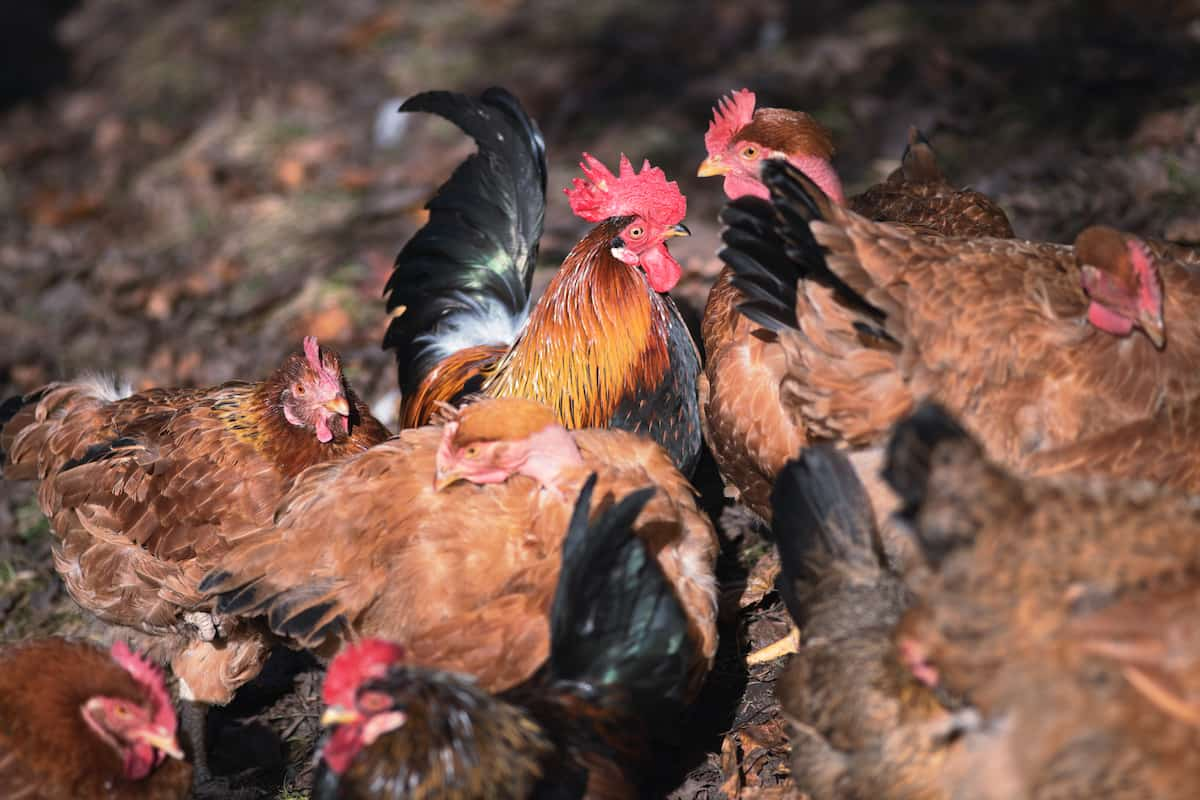Backyard poultry farming can improve agricultural livelihoods in rural areas, which is a promising option. A low initial investment is required to get started. A large family income will enable them to utilize better their laborers who cannot perform other types of work, such as elderly relatives or young children, due to their age. It is a powerful tool for the upliftment of socioeconomically backward people.

It is possible to produce poultry in your backyard to meet your family’s nutritional requirements. As a result of its flexibility, it can be used as an ATM since, as per the need of the family, the eggs and birds can be sold at any time with cash. Because chickens and eggs are raised in a stress-free environment, the quality of chicken and eggs is better in organic farming.
Consumers will be charged a higher price for high-quality desi chicken meat or eggs. In most backyard poultry production operations, indigenous birds with poor performance are bred and reared. It is true, however, that several improved strains have been introduced over time by development and extension agencies.
Kaveri Chicken Breed Information
The color pattern of this bird is multicolor, single comb, excellent flock uniformity, shank, and skin color is yellow, low early chick and laying mortality, early age at maturity, egg color is brown with widely acceptable by a consumer, well protected from predator and overall suitable birds for rural backyard poultry farming.
| Body weight at six weeks | 750 grams |
| Body weight at 20 weeks | 2000 to 2200 grams |
| Age at maturity | 183 days |
| Henhouse egg production | 120 |
| Hen day egg production | 140 |
| Egg weight | 55 grams |
| Feed consumed/bird/day | 135 grams |
| Livability | 93 |
| Price per Kg | Rs. 200 to 220 |
In case you missed it: Layer Chicken Farming Business Plan: Step-by-Step to Start, Setup Cost, Requirements, and Profit

Feeding Requirements for Kaveri Chicken
As long as the grains are included in a balanced ration, poultry can be fed a wide variety of grains and perform well when they are fed them. During the first six weeks of the chick’s life, approximately 1 kilogram of feed will be consumed by any egg-producing chick, and any meat-producing chick will consume 4 kilograms of feed.
You can feed young birds wheat, oats, or barley, but it is recommended that you limit the number of oats or barley in their starter diets to 25 percent. After six weeks of age, the birds can be given rations containing oats or barley as the source of whole grains, especially if they have previously been exposed to moderate levels of these grains in their diet (about 25% of their diet should contain these grains).
Hard red wheat, durum wheat, extra strong wheat, or utility wheat can be fed to poultry of any age. When you feed the utility wheat to young birds, you may notice that their droppings are wetter. When laying hens are six weeks of age, rye can be gradually introduced into their diet and used as half of the grain in their diet. Ergot-containing rye cannot be used since it contains rye. Screenings are normally acceptable for poultry containing 75% or more wheat, cracked wheat, or both.
Occasionally, some screenings contain seeds from weeds that can have an adverse effect on the color and flavor of eggs. Several grain forms can be fed to poultry, including pellets, grounded grains, and whole grains. In the case of whole grain, it is best to train the gizzard to grind the grain by feeding it 20% whole kernels for three weeks before being introduced to a high level of grain (50 to 60%). Poultry, whole wheat, barley, and oats have been successfully used as feed.
Water Requirements for Kaveri Chicken
When the weather is temperate, a mature chicken will drink approximately .5 liters of water daily, even as much as one full liter when the weather is hot. There is a good chance that if you have meat birds, they will visit the chicken waterer much more often than this because they grow so fast.
In the wild, chickens may consume more or less water than this amount, depending on how busy they are exploring and foraging and how much water they take from the plants and grass they eat. When a chicken is feeling under the weather, it may drink continuously or not at all. As a result, you may need to refill your chicken waterer twice a day or perhaps more.
In case you missed it: Free Range Chicken Farming Business Plan: Step-by-Step to Start, Setup Cost, and Requirements

It is always best to overestimate in these situations, so you should consider this when choosing a chicken waterer. In addition, the water your hens are drinking must be clean – and free of any debris or manure which may be present. Having the right chicken waterer for your flock is also very important. If you do not want your flock to end up thirsty, you have to purchase the correct size.
Vaccination Schedule for Kaveri Chicken Breed Farming
For Layers
| Chicken Age (Days) | Vaccine |
| 0 day | Mareks Disease Vaccine (HVT) |
| 5-7 days | Ranikhet Disease Vaccine- RDVF |
| 12-14 days | Infectious Bursal Disease Vaccine- Pruning Intermediate Georgia |
| 18-22 days | Infectious Bronchitis |
| 24-27 days | IB Vaccine Booster |
| 28-30 days | RD vaccine Booster- La Sota |
| 6th Week | Fowl Pox Vaccine or Infectious Coryza Vaccine (if prevalent in the area) |
| 8th Week | RD vaccine- RDVK or R2B |
| 9th Week | Fowl Pox Vaccine |
| 12th – 13th Week | IB Booster |
| 18th Week | RD Booster- RDVK or R2B |
| 45th-50th Week | RD La Sota repeated every once in 2 Months |
For Broilers
| Age | Vaccine |
| First day | Marek’s disease (at hatchery) |
| 5-7th day | RDV F1 |
| 14th day | IBD Vaccine |
| 21st day | RDV La Sota |
| 28th day | IBD Vaccine (Booster) |
Conclusion
Promoting backyard poultry farming with improved chicken varieties suitable for village conditions is necessary to improve the rural population’s socioeconomic and nutritional state. Several chicken crosses were developed to meet the demand for backyard poultry farming, depending on the specific needs of the people in the region to meet the demand for backyard poultry farming. One of the new developments in the poultry industry is the Kaveri chicken.
- Feed Your Flock for Less: Top 10 Tips to Save on Chicken Feed
- Ultimate Guide to Ossabaw Island Hog: Breeding, Raising, Diet, and Care
- Hatching Answers: The Top 10 Reasons Your Chickens Aren’t Laying Eggs
- Eggs and Economics: Breaking Down the Cost of Raising Backyard Chickens
- Defend Your Greens: Proven Methods to Keep Iguanas Out of Your Garden
- Ultimate Guide to Cinnamon Queen Chicken: A Comprehensive Guide for Beginners
- Ultimate Guide to California Tan Chicken: Breeding, Raising, Diet, Egg-Production and Care
- Ultimate Guide to Marsh Daisy Chicken: Breeding, Raising, Diet, and Care
- 10 Types of Chicken Farming Businesses You Can Start for Profits